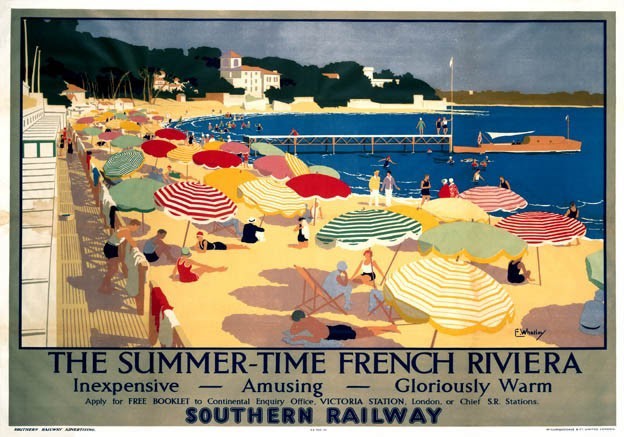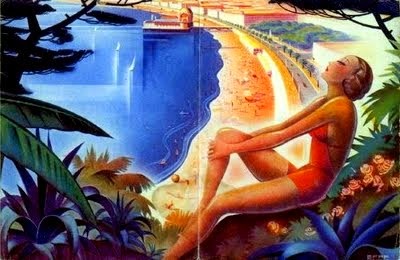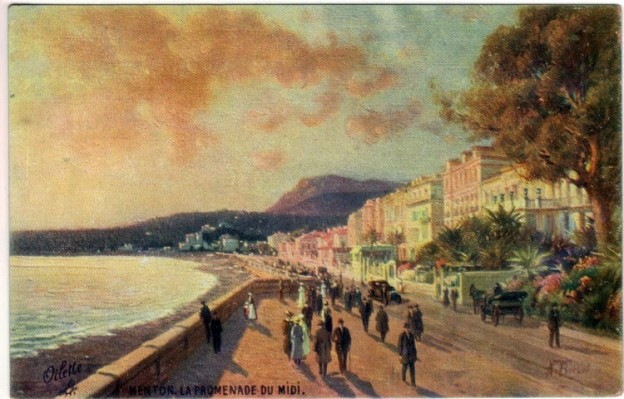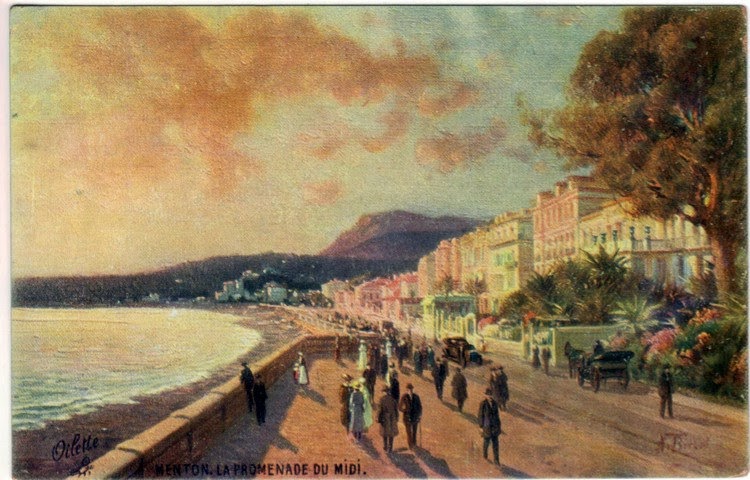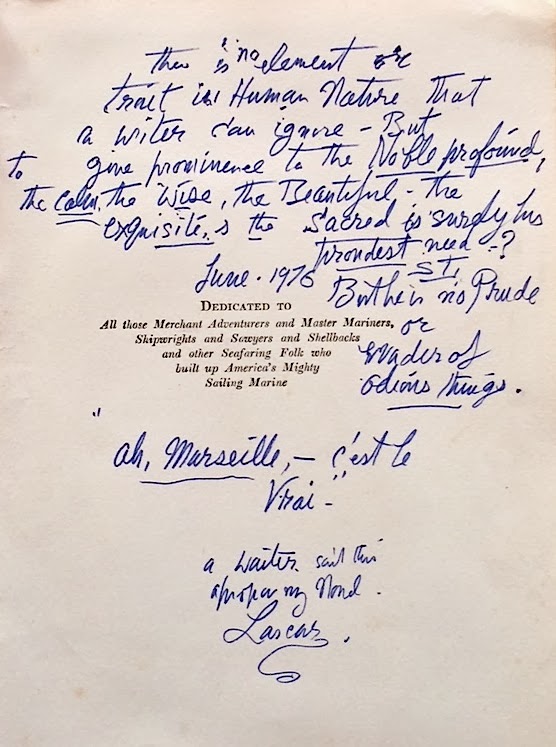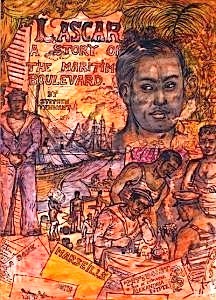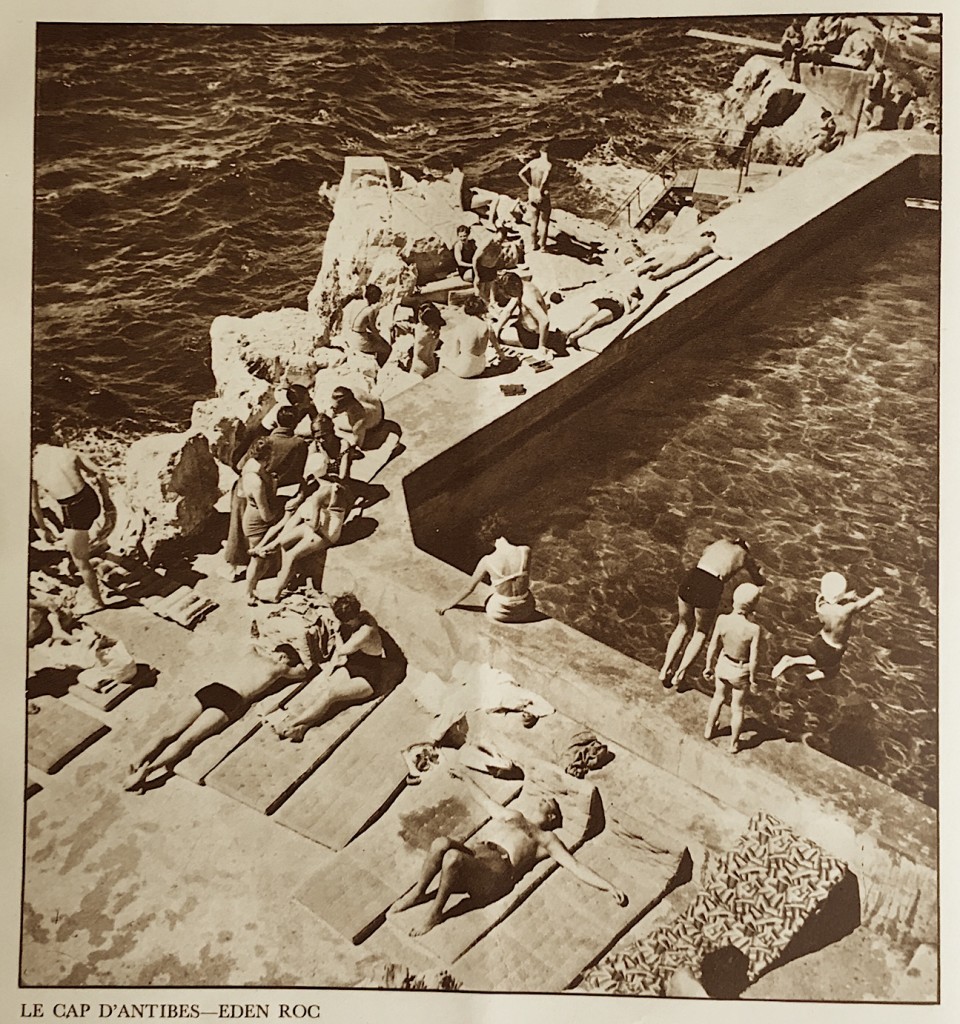 Found — a 30 page holiday brochure by Charles Graves – The Riviera Revisited. [London], [1939]. Probably written in 1938 and portraying a relaxed lifestyle, with plenty of good food and booze. Olive oil is not recommended as sun protection! After WW2 Charles Graves wrote 2 longer books on the Riviera – The Royal Riviera and (again) The Riviera Revisited… The picture of bathers at Eden Roc is from the booklet.
Found — a 30 page holiday brochure by Charles Graves – The Riviera Revisited. [London], [1939]. Probably written in 1938 and portraying a relaxed lifestyle, with plenty of good food and booze. Olive oil is not recommended as sun protection! After WW2 Charles Graves wrote 2 longer books on the Riviera – The Royal Riviera and (again) The Riviera Revisited… The picture of bathers at Eden Roc is from the booklet.
A Summer’s Day.
Juan-Les-Pins is the only resort I have ever visited four years in succession. I can think of no greater compliment. It has an admirable beach. It has a summer and winter season, like practically every other place on the Riviera. But whereas six or seven years ago the clientele was mainly English and American, it is now largely French, which I find charming. Somehow the prettiest girls from Paris go there for their summer holidays, and the restaurant of the casino has indubitably the best hors-d oeuvres in the world. The man who makes them is worth a fortune to any London restaurant or hotel. He stuffs everything with everything else. Pimentoes, aubergines, sardines, olives, tunny fish and so on. The casino is famous for the light-hearted character of its gambling. In the summer you wear white flannels or anything else. The croupiers smile (a distinct rarity). The champagne cocktails are first-class. The lobsters are as fresh as God made them; so are the crayfish. Let me quote from “And the Greeks”: Continue reading

